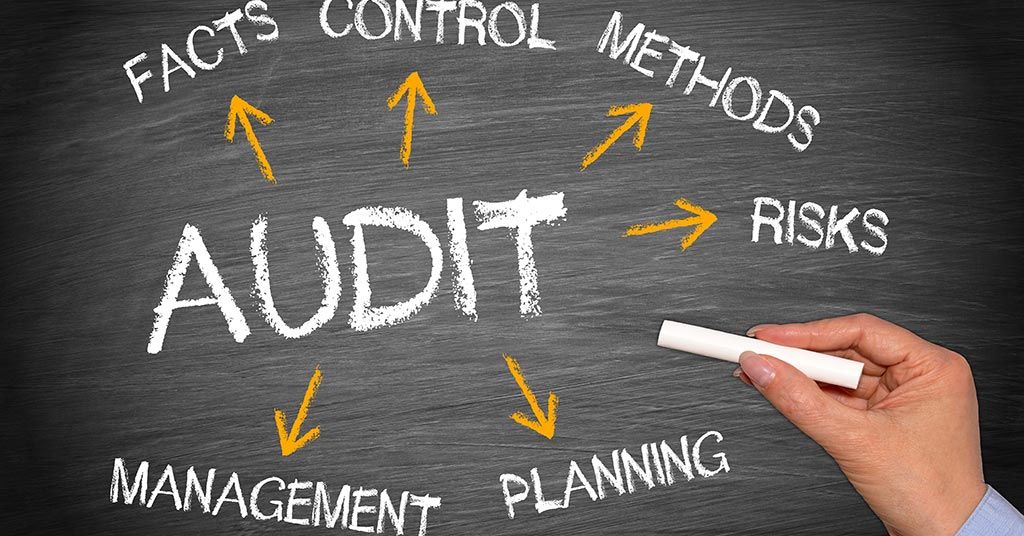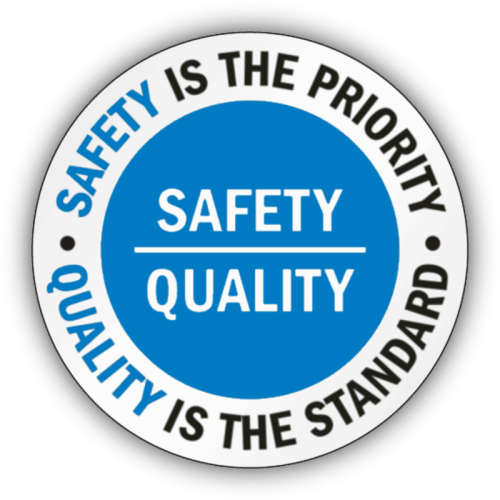
Quality Review
The RPPEO’s Quality Review processes monitor the quality and safety of controlled medical acts delegated to paramedics. Our mandate is to track controlled acts to ensure patients receive care consistent with the provincial Advanced Life Support Patient Care Standards.
Our quality processes also identify opportunities to provide treatment when a controlled medical act was indicated by the Standards and not offered or administered in the provision of patient care.
When a paramedic performs controlled medical acts, their Medical Director needs to see that they did so according to the accepted medical direction in the standards. Physicians are compelled by the Ontario College of Physicians and Surgeons to have quality assurance processes in place in order to be able to delegate controlled medical acts.
The Ministry of Health sets minimum requirements for what base hospitals must review in quality assurance programs through a performance agreement.
For precise information about how we approach quality assurance and all other quality and patient safety programming, see the RPPEO’s Quality and Patient Safety (QPS) policies.

Auditing
We look at thousands of Ambulance Call Reports (ACR) every year. Most of the ACRs are as they should be. Regular quality assurance audits or special audits are the result of monitoring specified in our Performance Agreement with the Ministry of Health, complaints related to clinical care, requests for review from the Ministry of Health, patient safety incident reports from paramedics or requests for reviews of care from our stakeholder ambulance services. Paramedics may hear from us about what’s in one of their Ambulance Call Reports if we need to ask a question about the care or when we have some clinical feedback for them.

Improvement Science
Uncovering best practices and discovering the science to make decisions supports patient safety and quality of paramedic care. We investigate questions systematically to better understand safe and quality care as well as the contextual factors of paramedic practice.
More and more of the interventions paramedics use are based on recent scientific evidence. The RPPEO contributes to this scientific knowledge and we regularly use the evidence to inform our work.

Quality & Safety Improvement
Closely related to our research efforts, our quality improvement initiatives rely on strong data and systematic analysis. Whether opportunities for improvement come from quality assurance processes or from patient safety incident data, it’s important to us to work with all our partners to find better, safer methods and means to clinical care.
Some of our recent quality improvement projects include:
Feedback to paramedics on patient outcomes – working with partners at the Ottawa Hospital’s trauma program, we provide information to the treating paramedics about the hospital disposition of the patients transported to the Ottawa Hospital trauma centre. This allows paramedics to reflect on their care given findings at the hospital.
In 2019, we started a similar feedback program with the Children’s Hospital of Eastern Ontario. Paramedics receive information about the in-hospital outcomes of their CTAS 1 and 2 pediatric patients.
Patient Safety Incident Report – the current tool that paramedics use to flag clinical hazards and patient safety incidents is the result of a quality improvement project. Paramedics told us that they were concerned that the previous “self-report” form for reporting safety incidents seemed focused on the paramedic rather than on clinical quality and safety. We re-developed the reporting process to bring it in line with the RPPEO’s (Conceptual Framework for patient safety) and our (Fair and Just Process) for reviewing incidents.
